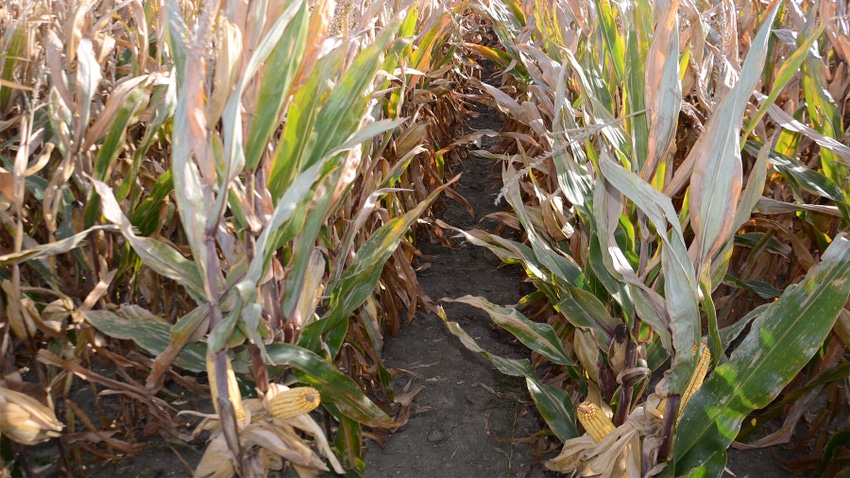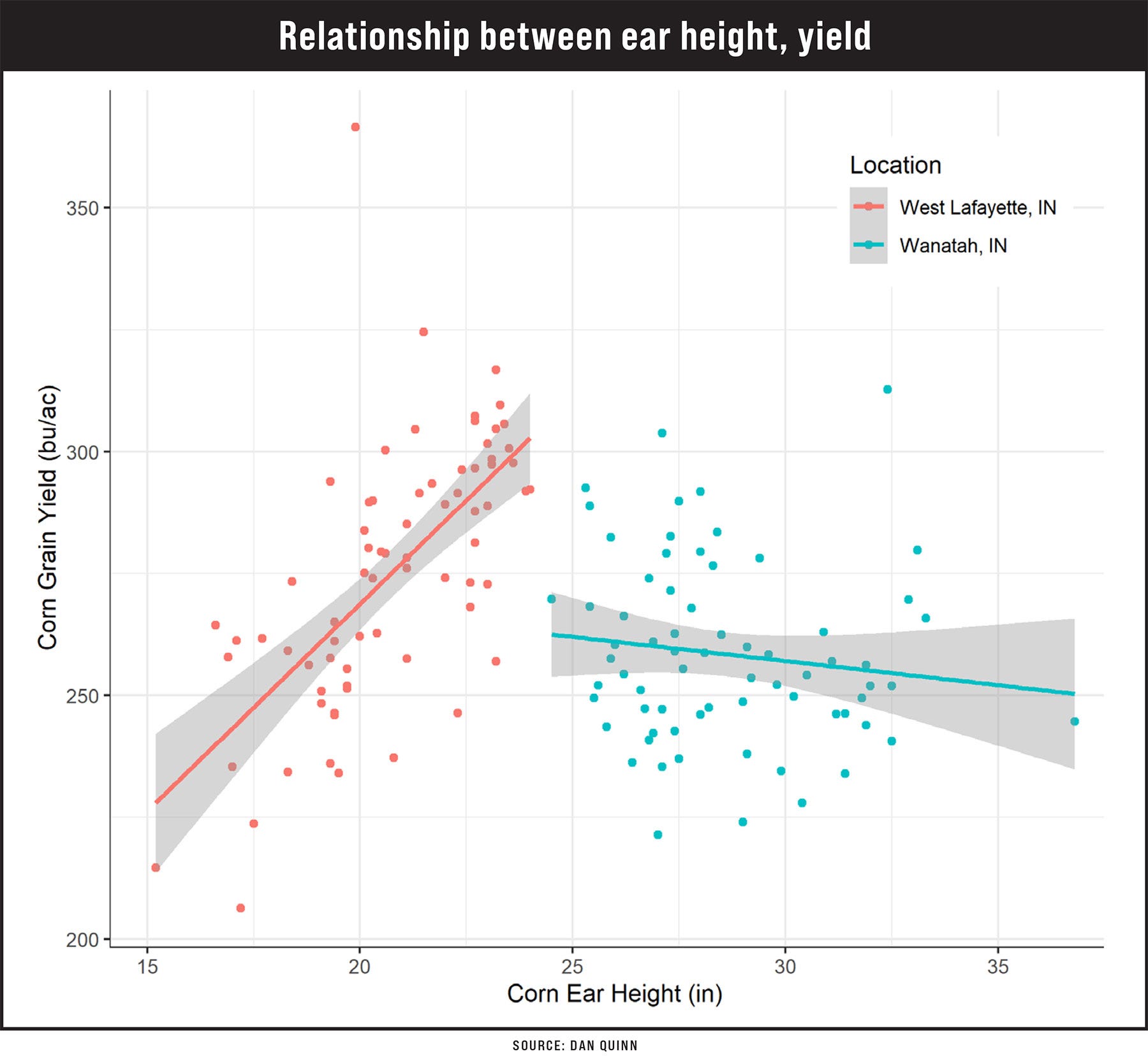January 9, 2024

New research at Purdue, in partnership with Bayer Crop Science, seeks answers on a hot topic: growing short-stature corn. Bayer and others are bringing short-stature corn to market. Early indications are that these hybrids perform well agronomically and yield nearly as well as full-stature hybrids when grown in the same environment.
However, questions remain. Do these hybrids require higher optimum seeding rates? How challenging are these hybrids to harvest? Here is what was gleaned from the first year of research at Purdue, with major trials at the Agronomy Center for Research and Education (ACRE) near West Lafayette, Ind., and the Pinney-Purdue Ag Center near Wanatah in northwest Indiana, where the soils are lighter and sandy.
Overall, these hybrids show tremendous promise in their ability to yield well and tolerate higher plant populations and narrower rows; however, many physiological and management questions remain and will continue to be pursued.
Ear height challenge
One of the biggest challenges these hybrids face is ear height and harvestability. Corn ear position on the main stem must maintain specific heights above the soil surface to be properly harvested by current combine headers and to avoid any additional wear on machines. Ear height is measured from the soil surface to the point where the ear shank attaches to the main stem.
For example, 2023 research at Purdue observed a fairly strong relationship between ear height and yield once ear height dropped below 23 to 24 inches. The relationship to yield became much weaker when ear height was above this threshold. Take a closer look at the graph below.

Based on that research, corn ear height was dictated by hybrid selection, planting date, growing season environmental conditions and management practices. Each of these factors will remain important when adopting short-stature hybrids.
Overall, these hybrids showcase the potential to improve U.S. corn production by improving resiliency to adverse weather conditions and helping the ease and efficiency of in-season nutrient and crop protection applications. However, further research will be required to fully understand this new corn hybrid system.
Erick Olivia, a master’s graduate assistant student, contributed to this article.
About the Author(s)
You May Also Like




